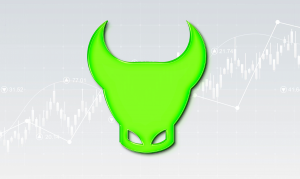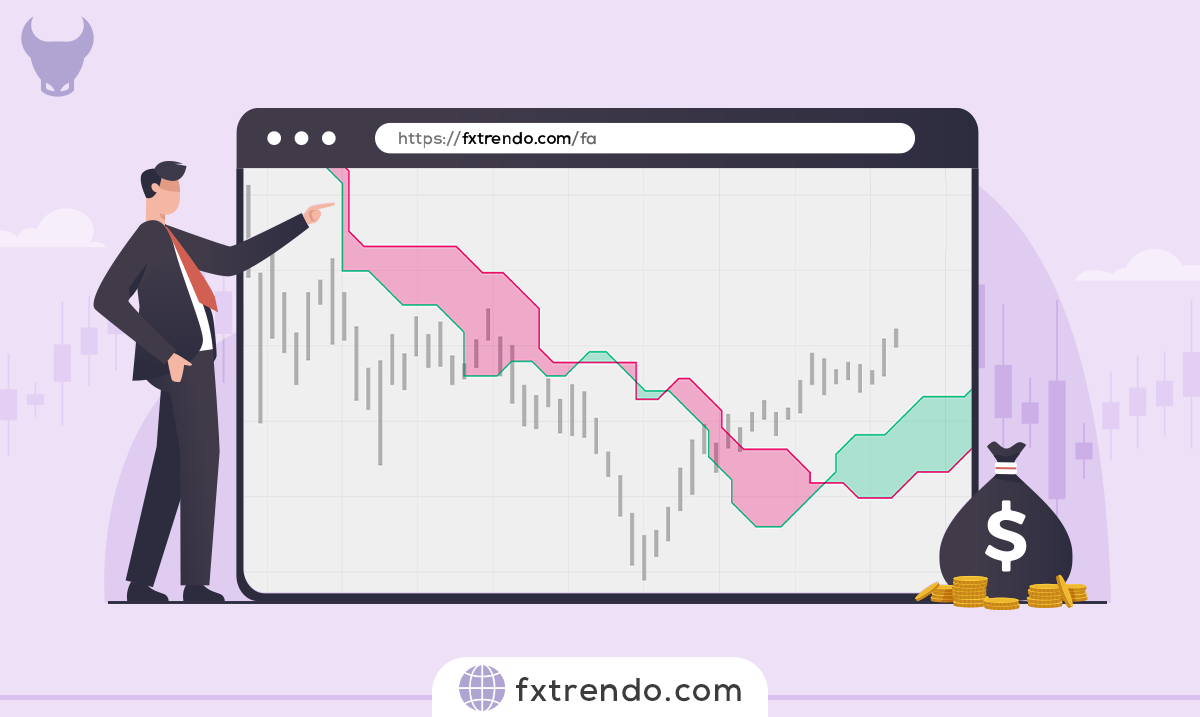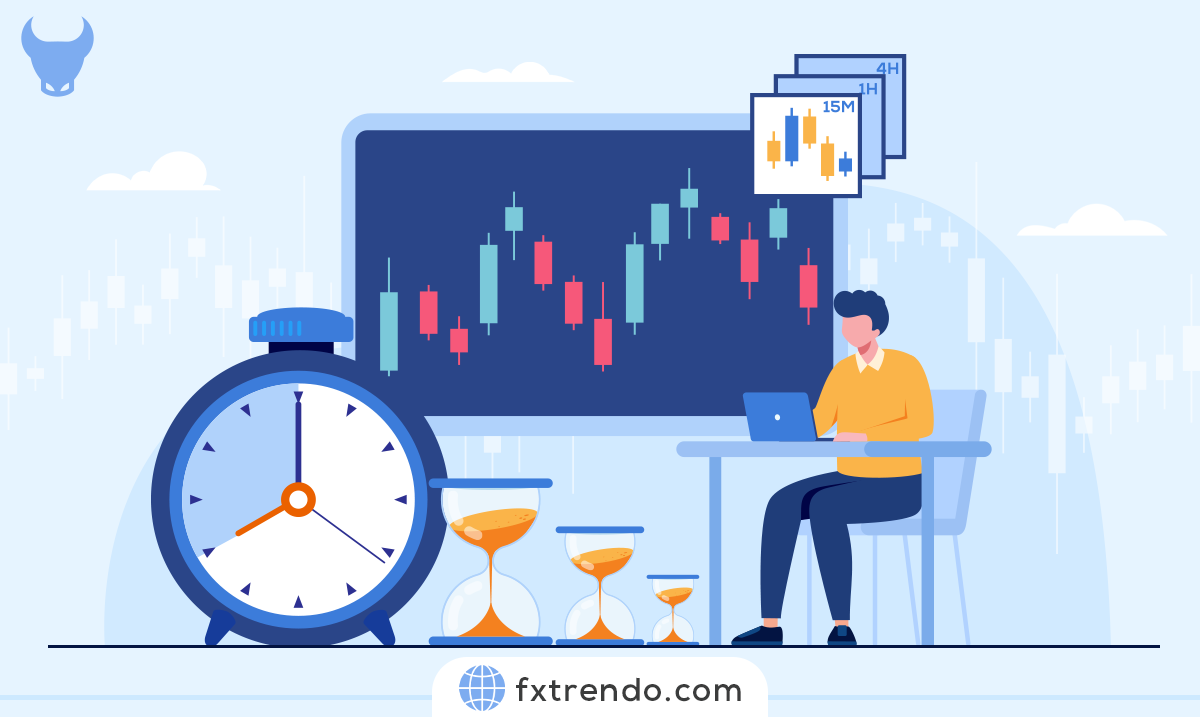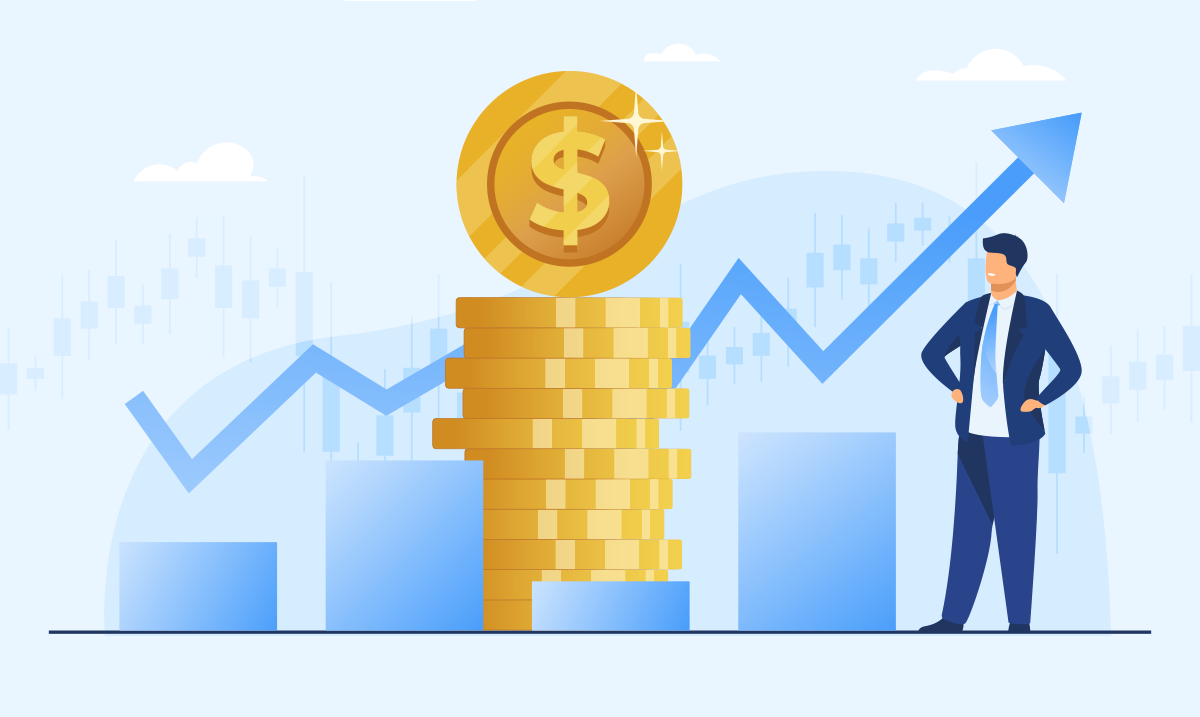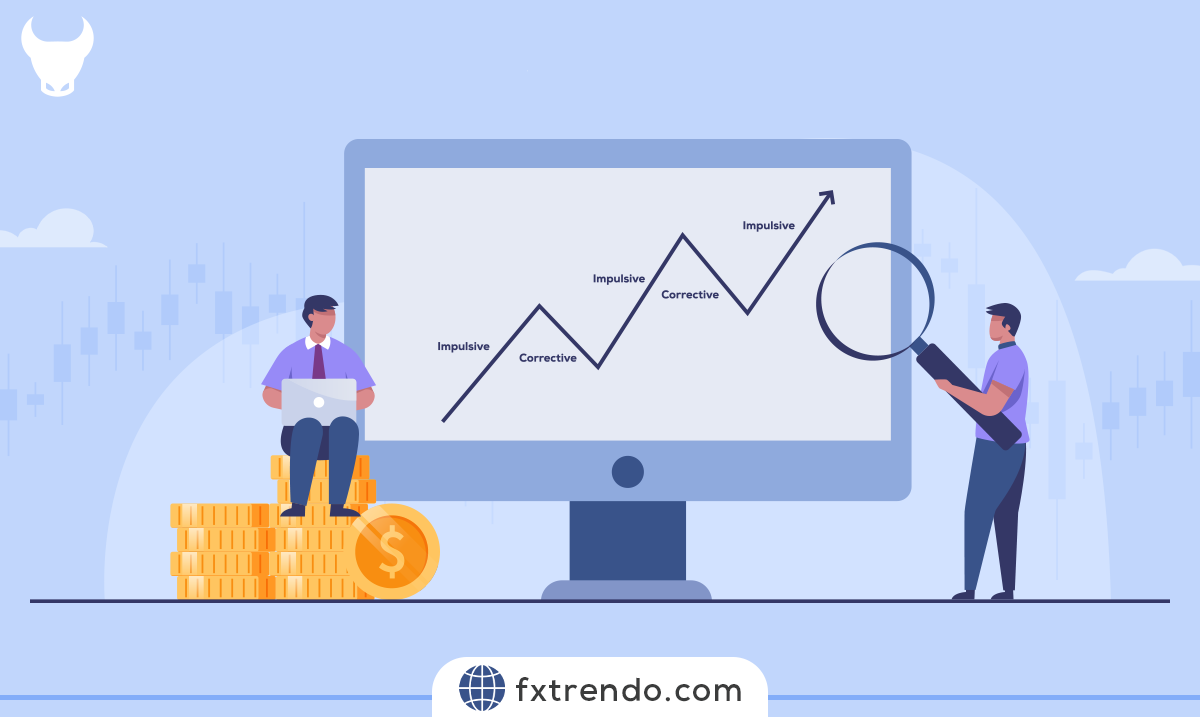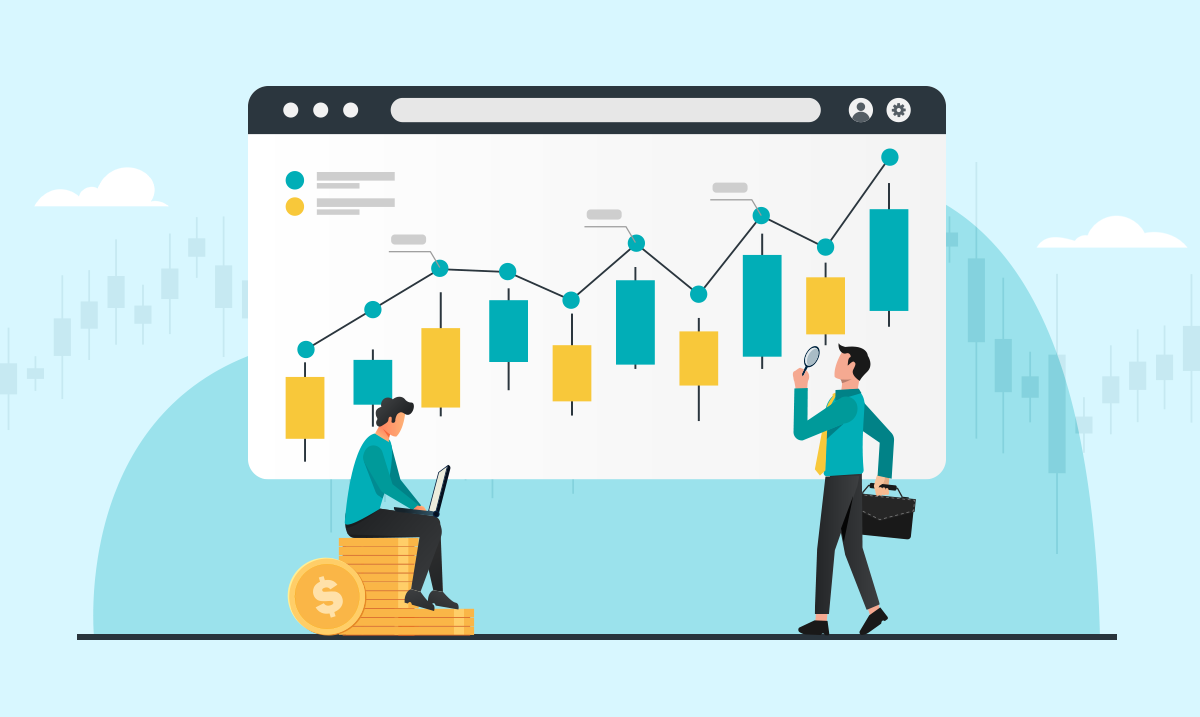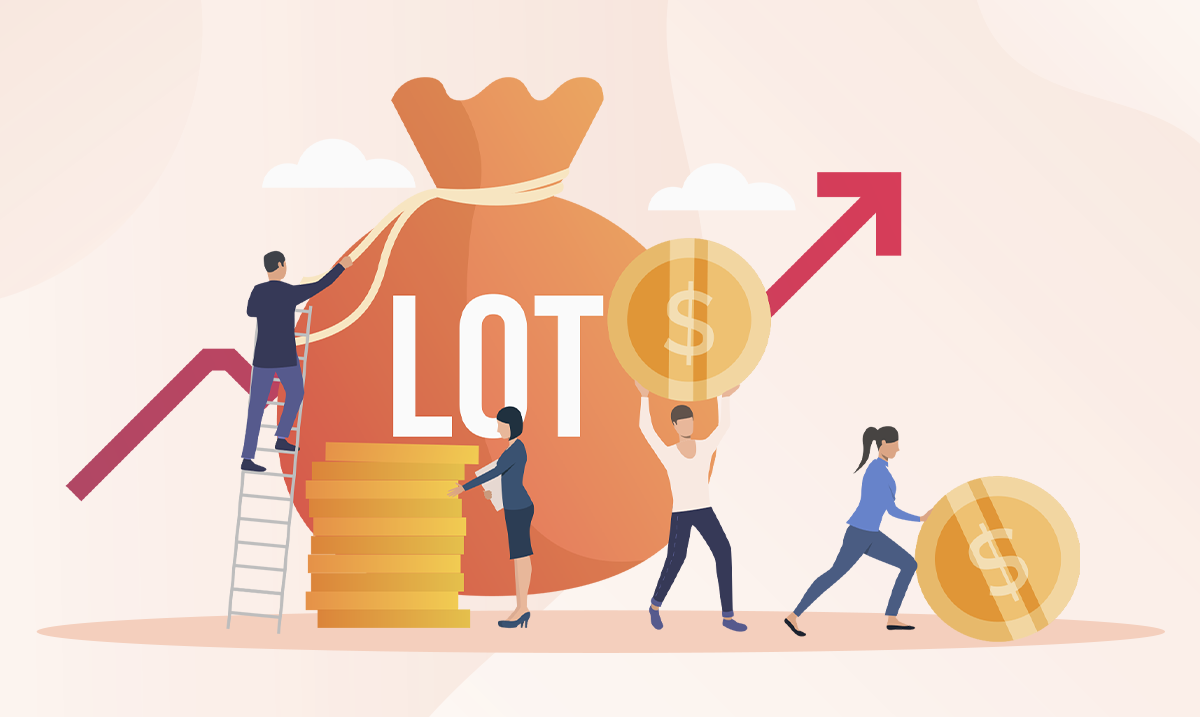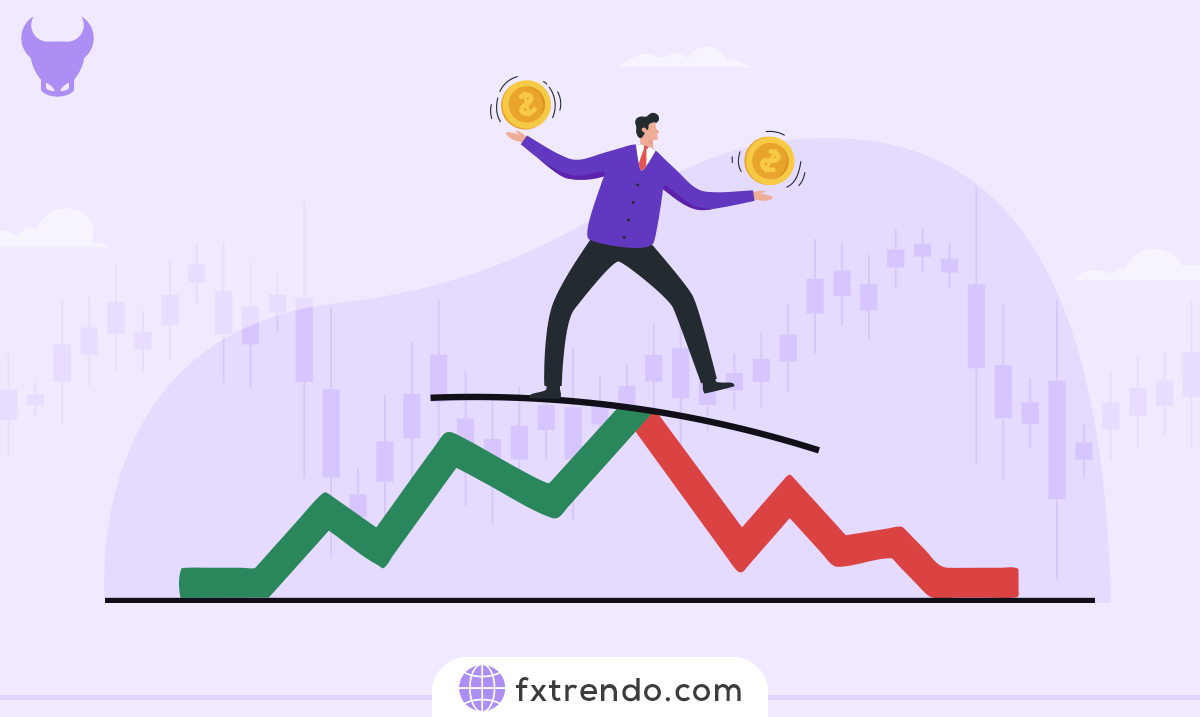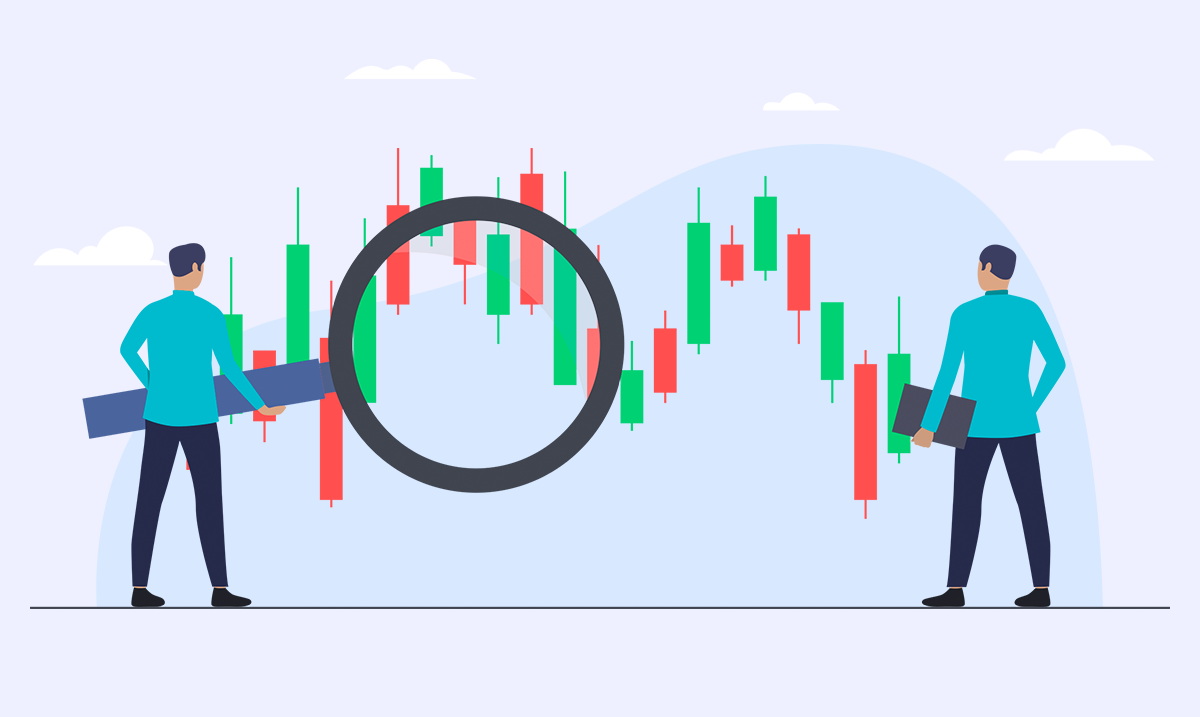What Is A Trading Strategy? Steps To Build A Winsome Trading Strategy In Forex


According to the previous tutorials on the Trendo website, you should have learned how the forex market works and specialized topics, so let's focus on creating a successful and winsome strategy. One of the most important trading points in the forex market is making a trader's personal trading strategy and setup. Further, we will discuss the steps and tips for creating a suitable forex strategy.
Contents
What Is A Trading Strategy?
A trading strategy is a series of rules and measures for each trader's transactions, based on which the trader decides how to manage his trades in different and sensitive market conditions. Therefore, the trading strategy is a series of personal rules that each trader must design for themselves, and these rules specify when and under what conditions to enter or exit a transaction and how much of their capital to risk in each trade. Further, we will go through the steps of creating a successful strategy in Forex.
Steps To Build A Successful Trading Strategy In Forex
The following are the steps you should follow to create a successful strategy in the forex market:
- Identify your trading personality.
- Choose the trading style that suits you best.
- Specify your market entry/exit method.
- Define your risk./li>
- Backtest and forward test your trading system.
Further, we review each of the steps.
What Kind Of Trading Personality Do You Have?
Knowing which type of trader you are will allow you to focus your time, energy, and attention on developing trading strategies matching your trading personality. Sometimes a profitable strategy for one trader can be a losing method and a losing strategy for another. Learning how forex trading works and how to make it beneficial is hard enough, so working on strategies with the highest winning probability will make the whole process easier for you and give you a better chance of success.
How to determine your trading personality traits:
The following questions can help in identifying the trading personality.
- Why do you want to start trading in the first place?
- What is your desired goal of trading?
- What is your general knowledge of markets and their relationships, trading, capital management, trading psychology, trading platforms, and forex brokers?
- How much training do you need before you start trading? How often can you trade? What is your risk level?
- How well can you control your emotions and stress?
- Would you prefer to see the results of your trades on the same day or can you wait a few days for your transactions to be processed?
- How often do you prefer to check your trades? Will you use technical or fundamental analysis to determine your areas and entry/exit settings?
- How much capital can you invest in forex trading?
The answers to the above questions should be reasonable and appropriate to the forex market conditions and trading personality. For example, expecting very high profits in the forex market will increase your trading risk just as much. Therefore, in making a strategy, the answers to the questions must be accurate and correct.
Which Trading Method Is Best For You?
Once you have answered all these questions, which trading spectrum you are on will be clear. There are several different types and categories that you fall into:
- Types of trading time frame: scalperclass="d-flex align-items-center fs-5 fw-normal text-gray-800 py-2">
- Types of trading analysis: technical analyst, fundamental analyst
- Types of risk tolerance: risk averse, risk neutral, risky
You will be one of four types of traders: scalper, day trader, swing trader, or position trader.
Scalp & Day Trading
These two types of trading are the most active and aggressive types of forex trading because all your trading positions open and close in one trading day in both types. Scalping in the forex market is about buying and selling currency pairs with the goal of a few pips that are inactive for more than a few minutes or even a few seconds. But day trading targets more pips, and positions can be open for several hours. These trading methods work with very short-term trading strategies to make small but consistent profits and increase returns through high leverage. Both can be stressful and require you to be very focused and available when trading in front of your desk.
Scalp and day trading is suitable for you if:
- You don't like to hold your positions for more than a day and prefer day trading.
- You want to know whether you made a profit or a loss at the end of your trading day.
- You can tolerate a high level of market risk and leverage.
- You are available to attend the market and react quickly to potential opportunities.
- You can cope with relatively high levels of stress.
Swing Trade
This trading style is a medium-term approach based on taking advantage of changes in the currency pairs' movement in the main trend. Swing traders usually hold positions for several days to several weeks. Swing trading requires a lot of patience, as you will keep your trading positions (usually with a decent degree of leverage) for days or weeks. This type is ideal for part-time traders because they do not always have time to analyze the market daily.
Swing trading is suitable for you if:
- You don't have much time to spend in front of screens daily.
- You can keep your positions open for days/weeks.
- You are a fan of technical analysis.
Position Trading
This trading style is a long-term approach based on the use of a currency pair's long-term price changes. Traders usually hold positions for several weeks, months, or even years and are not bothered about short-term price fluctuations. Usually, these positions are taken either in the currency futures market or with a prudent amount of leverage. Position traders may do their analysis every month or so, looking to identify and trade huge trends.
Position trading is suitable for you if:
- You don't have much time to spend in front of screens every week.
- You can keep your positions open for months or years.
- You don't want to use too much leverage.
- You are a fan of fundamental analysis.
When determining which trading method is best for your personality, you should consider all the following elements: your current plan, attention span, and risk aversion. Therefore, you must match your chosen time frame with your lifestyle and personality.
In position trading, you may trade using a daily time frame. In swing trading, you may stay in your position for days to weeks, while using 4-hour to daily charts. In scalp and day trading, you will stay in a position from a few seconds to a day, using the seconds' chart to the hourly chart.
The psychology of traders in the market and one's psychology are some of the most important issues in the forex market. Every trader should be able to control emotions such as fear, greed, anxiety, and stress. Because emotions such as fear and greed cause losses to traders in most cases. In the forex market, you must act decisively and control your emotions so you think and make decisions correctly in critical moments. In the demo account, traders cannot experience these feelings and open a buy or sell position without worry.
What Method Do You Use To Enter/Exit The Trade?
Different analytical methods can suit your personality. You can be a swing trader, a sentiment trader, and an arbitrage trader, but technical and fundamental traders are the most common.
Read more: Sentimental Analysis in Forex
Technical Traders
Technical traders use technical analysis to analyze the price movements of an asset by using past prices to predict future price performance. They use trend analysis, support and resistance levels analysis, mathematical and technical indicators, Japanese candlestick analysis, market theory, and price pattern analysis for trading.
Read more: Technical Analysis in Forex and Types of technical analysis
Fundamental Traders
Fundamental traders look at fundamental factors to determine the intrinsic value of a financial asset and whether it is undervalued or overvalued, and whether the asset should be bought or sold. A fundamental forex trader usually uses single currency news trading strategies mainly based on interest rate changes, with the most impact on the exchange rate evolution.
Read more: Fundamental Analysis in Forex
Good technical analysis tells you "When" and good fundamental analysis tells you "Why" an asset should be bought or sold. We think that one must use both analysis methods. In the forex markets, traders typically rely on technical analysis to time market entries and exits, while also monitoring the economic calendar for news that could affect market volatility and create potential trading opportunities. Once you know which type of market analysis to use for your trading style, you must identify and understand market phases. Some different tools and indicators work best in certain market conditions.
How much risk do you accept according to the correct risk and capital management rules?
Determining your risk depends on knowing how much money you want to lose in each trading position. Thinking about loss is not easy, but necessary for a good trader. Knowing the appropriate level of risk depends on the trader's personality and ability to accept risk, as well as the trader's level of knowledge.
There are rules related to capital and risk management that you can follow, such as:
- Only use capital that you can afford to lose.
- Adapt your risk management to your trading style.
- Use the appropriate position size.
- Always use stop-loss orders.
- Set your risk/bonus ratio to at least 1:2 (1:3 if you are a swing or position trader).
- Risk a maximum of 1% of your available trading capital per position. Avoid excessive leverage.
- Leverage is a great tool to increase potential profits, but also increases your potential losses, so use the right amount of leverage for your trading capital and risk tolerance.
Backtest & Forward Test Your System
Once you've determined what kind of forex trader you are and what trading style suits your personality best, you should test your trading strategy against historic data (backtesting), current market conditions, and Real trades (forward testing). That will help you make sure you are using a profitable system, and discover what market conditions are more profitable. It is also possible to test the reliability of your trading strategy and make any necessary changes to improve its efficiency before using real money in a live trading account.
What Is A Backtest?
Backtesting is testing your trading strategy against a set of historic data as if you were trading using your chosen strategy at that time. If the results are profitable, then positive results are expected from your trading strategy, and you would have made money with it at that time. You can modify some of your parameters and test again for the best possible results.
What Is A Forward Test?
While backtesting focuses on a specific set of data with certain conditions in the past, forward testing tests the strategy on live data. Forward testing, often called paper trading, uses a simulated market environment to test your trading system in real-world conditions without risking real money. It works by recording all the buy and sell trading decisions you make according to your trading system, and observes what your "paper" profit would be if you traded.
One way to paper trade is to open a Demo account (a trading account that simulates market conditions and trades in real-time with virtual funds, so you can determine whether your strategy might be profitable). Whether you are a beginner or a more advanced trader, paper trading is essential in your trading journey. As a trader with no previous experience, paper trading is great for getting used to the markets and how trading works and improving without risking real money. If you are more experienced, paper trading may be helpful to refine your trading system without risking money.
Summary
When deciding how to start forex trading, remember to follow these Five steps:
- Determine what type of trader you are.
- Choose the trading style that suits you best.
- Specify your market entry/exit method.
- Define your risk.
- Backtest and forward test your system.
Always remember, whether you use a simple forex strategy or a more advanced one, you need to master it before you start trading for real.
Article similaire
Le plus visité
0









